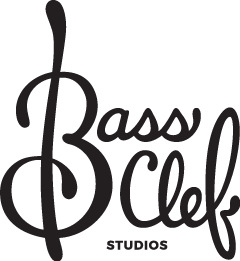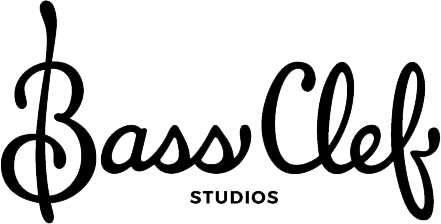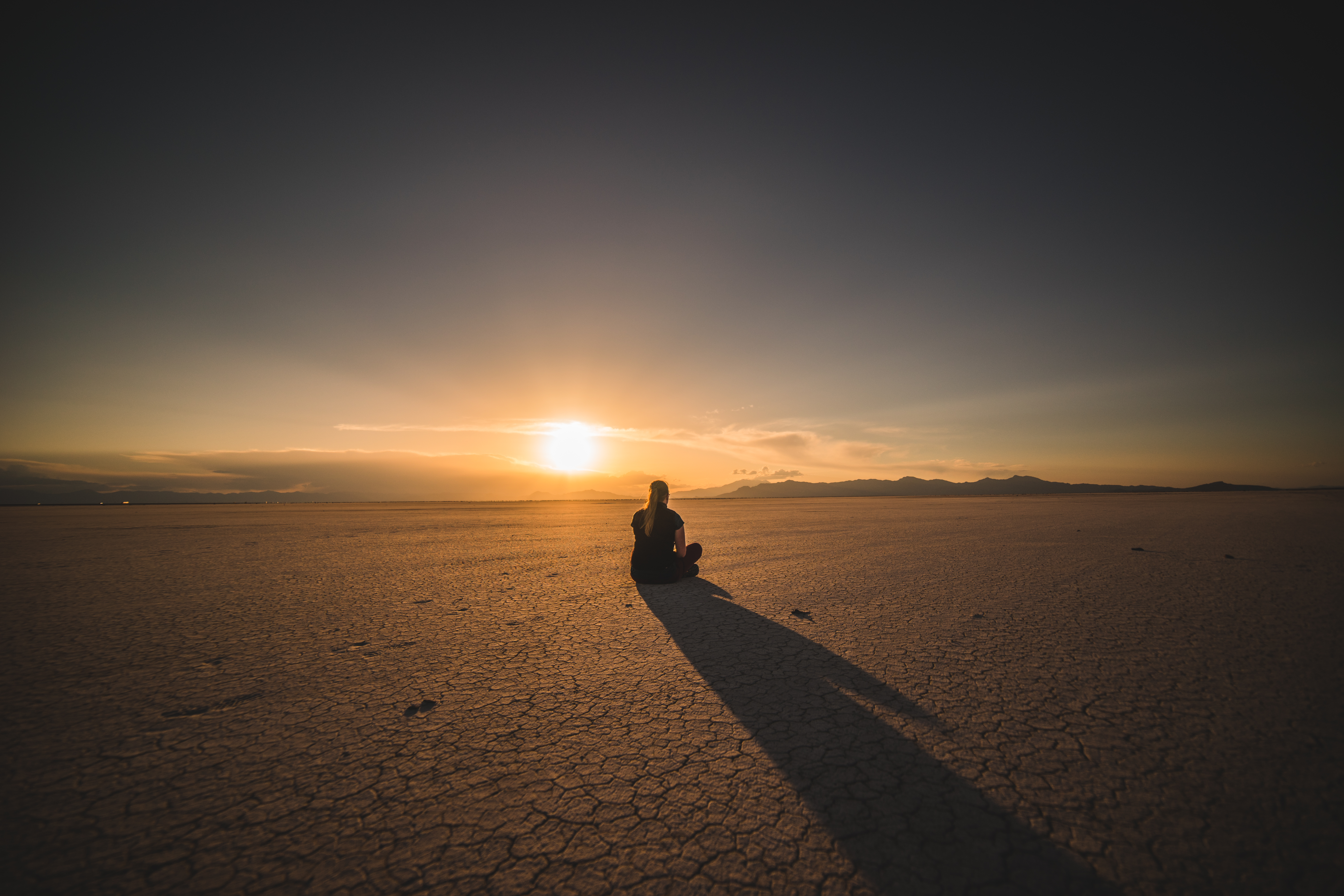This is part two of my mental Practicing series. If you have not already, please check out my first post about what mental practicing is and why it is important. This section covers the importance of meditation with mental practice. Please be sure to check back for the other sections:
What is mental practicing and why is it important?
Meditative practicing – in general practice and before a big performance
Score study
Air Guitar (bass) practice
Listening to what you play – the advantages of listening to yourself perform, and multiples of records of the same piece.
Dictionary.com has a great definition of the word meditate, that I would like to share:
med·i·tate
ˈmedəˌtāt
verb
gerund or present participle: meditating
- think deeply or focus one’s mind for a period of time, in silence or with the aid of chanting, for religious or spiritual purposes or as a method of relaxation.
- think deeply or carefully about (something).
“he went off to meditate on the new idea”
-
- plan mentally; consider.
“they had suffered severely, and they began to meditate retreat”
We will be covering the basics of classic/guided meditation meditation, but primarily focusing on “think deeply or carefully about (something)” and “plan mentally.” This relates closely with what is needed for mental practicing and the use of meditation that plays an important role in learning to mental practice effectively.
For some help on what meditation is, and some basics in getting started, I would check out AsapSCIENCE’s video The Scientific Power of Meditation and Pick Up Limes Beginner’s Guide to Meditation. Both videos are helpful in getting started with the basics of meditation, which will be important later, as we discuss suggestions for meditation within mental practicing. I enjoy the AsapSCIENCE video for its facts on how mediation works scientifically, and the Pick Up Limes video for how general mediation is practiced.
My experience with meditation has always been guided meditation. What is the difference between more traditional mediation and guided mediation? Guided meditation is where one or more participants meditate in response to the guidance provided by a trained practitioner or teacher, either in person or via a written text, sound recording, video, or audiovisual media comprising music or verbal instruction, or a combination of both. I have experienced this type of meditation in high school sports, at yoga retreats, before auditions and performances. However, guidance is not required to mediate. Especially if you do not have a friend or instructor that knows your piece(s) as well as you do, to guide you in meditating. With a little discipline, you can guide yourself. How this is done? Start with what Sadia from Pick Up Limes explains. You will want to get into a comfortable position. I honestly prefer lying down, because I often do my self-guided meditation before I go to sleep. However, if you are doing this in the middle of the day, or are more comfortable in a seated position, do what is most comfortable for you. Next, focus on breathing. In the Pick Up Limes video, Sadia explains how this is done, but the big tip I would like to highlight is to breathe naturally and into the stomach. Normally, when we breathe naturally, it is in the chest only. However, to get into “the zone” it will be best to breath all the down into the stomach for this exercise.
Once we reach a meditative point, and are “in the zone,” we can begin our self-guided meditation. To do this most effectively, it is important you know the piece(s) you are playing inside and out. Even to the point of memorization. This way you are able to focus on each little section of your piece(s) during the self-guided meditation. Start by visualizing your warm up session before your important performance. If you know where the area you will be warming up in, this will make it easier to visualize. However, if you do not know specifically, let you imagination wander as to the area you might be warming up in. Next, visualize all of the little tasks you may need to do in your warm up. For me, this would include a trip to the restroom, rosining my bow, tuning, and maybe a yoga pose or two before I begin playing the sections that need a little more practice before my performance. Run through each section of music in your mind that will need this warm up.
As you are visualizing your warmup routine, if you are feeling nervous, scared, or frustrated with anything that may have come up in your warm up, note these emotions. It is important to accept that these are part of performing. Don’t linger on these thoughts for long. Accept and note that the emotions did arise and continue focusing on your breathing though these moments.
Next, imagine walking to where you are going to perform. This may be a green room, a recital hall, maybe even an office. Think about anyone that is there helping bring your things, or if you have an accompanist with you. Think about how calm and confident you are. You have worked hard to get to this performance and feel that you will do your best. As you think about setting up your instrument, go through any of the activities that would be required to make sure you instrument is set up for you to perform. Often times, for me, this is making sure my stool is in a position I like, my husband is near by, and, if I have an accompanist, that they are ready to go as well. Meanwhile, continue focusing on your natural breathing, down to the stomach. Put as much detail as you can into this part of our meditation journey, this will only help you further.
Now begin playing your piece(s) in your mind. Think about how the instrument is laying against you, what each of your hands are doing, and what is running through your mind as you run through your music. It should be as though you are actually playing the music, doing it as perfectly as you are able to play. Think about each note and how it will sound as you play it. Meanwhile, still focusing on the breath and feeling confident in your abilities. After you have played your all the music, envision how leaving the performance hall will be.
This kind of meditation helps best by giving us an opportunity to play out the scenarios in our mind before they happen. If done multiple times before a performance, we have the chance to play through and react to each possible outcome while reacting in the best way. This is important for me, because I often get anxious about what might happen in a performance. I let my nerves be the best of me, and I agonize over what “epic fails” might occur. However, through this practice I have been able to be calmer during big performances and auditions. By keeping calm I have been able to achieve my goals within the music, sounding closer to how I sound in the practice room, rather than letting my nerves ruin my performance.
The next form of mediation I would like to bring up, is for those who are not able to practice for a while. This could be either for travel without your instrument or for those experiencing injuries. There have been seasons in my life where both have been more common than other for me. The difference between this meditation and the performance prep mediation is I focus more on the basics of what if feels like to play the bass. In the case of injury, I have focused with in the meditative session to be more relaxed in the areas I am experiencing pain. Another idea is to imagine what it is like to play with out pain, if it has been a while since you have experienced pain free playing. Overall, with this version, I visualize the basics. Specifically, playing open strings, scales and tunes that are simple that I know inside and out. This way, I am not loosing my “chops” when I am able to pick up the instrument again, or for the short amount of time my body will allow.
Another way to keep the mind calm and open while practicing or performing, for those that believe in a higher power, is prayer. Praying before practicing and performing, in many ways, is able to get your mind calm and help you get to a point of peace, like you might feel during a meditative session. This idea was introduced to me when I was in my second year of my bachelor’s degree at the University of Utah, by my friend Josh Lambert. He stated that he begins each of his practice sessions this way and is able to be more focused through this practice. By praying about the items that you need to focus on in practice or performance allows you a moment to prepare mentally for these items, even before the instrument is in your hands. This combined with the often-calming effect of prayer, it assists in ensuring we are in the right frame of mind when we begin playing.
Ultimately, this is why mediation practices are important to mental practicing. It enables you to focus, to be at peace, and make your practice more effective. Incorporating meditation and/or prayer is a very simple way to begin incorporating mental practice in your practice sessions. Through these techniques, I have found that I have been able to perform and practice more effectively. Where guided meditation is for times closer to the performance or audition date, and prayer can be for the everyday practice, it is very important step for a well-rounded experience with mental practicing. If this is new to you, I would love for you to give it a try and let me know what you experience. Also, if you are an experienced veteran with these forms of meditation, I would love to have a discussion about the pros and cons you have found. Let’s discuss on my Facebook page and Instagram your thoughts and experiences.


